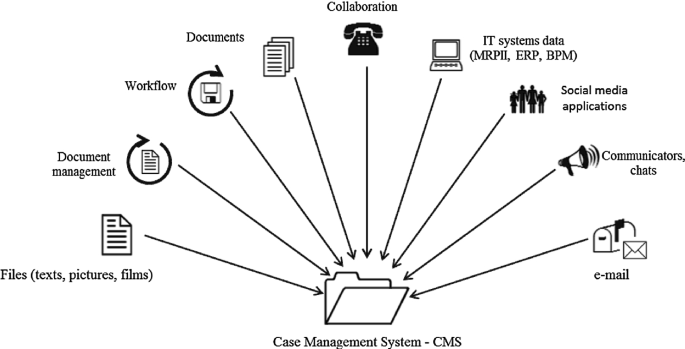
Business Processes
Productivity Games in Microsoft Windows Development
ABSTRACT
In this paper, we describe how the integration of human
computation efforts in the form of a productivity game can
achieve results that are not possible or cost effective with
traditional business processes.
Productivity Games, as a sub-category of the Serious Games
movement, attract players to perform work that humans are good
at, but computers currently are not. Although computers offer
tremendous opportunities for automation and calculation, some
tasks, such as analyzing images, have proven to be difficult and
error-prone and therefore lower the quality and usefulness of the
output. For tasks such as this, human computation can be much
more effective.
We will showcase a real productivity game taken directly from the
Windows development process to highlight this integration and its
benefits. The “Windows Language Quality Game” encourages
native language speakers to perform the job of traditional software
localizers and enhances a difficult and expensive business
processes with a “serious game”. This has resulted in players who
enjoy the opportunity to participate and contribute. It has also
resulted in a cost-effective way to improve the quality of native
language editions of Microsoft Windows.
- INTRODUCTION
The global business challenges of the 21st century require creative
approaches and innovative solutions. Traditional methodologies
for solving problems are evolving to create hybrid solutions that
embrace new collaborative roles for humans and their use of
computers. Technology is facilitating these hybrid solutions by
enabling a large number of humans to focus on a problem and
then easily aggregate their input. This has opened up the
opportunity to innovate and creatively solve many business
challenges.
2.1 Game Impacts
Work tasks draw upon employee skills that can be grouped into
one of three categories: core, unique, or expanding. Employees
share “core” skills, such as the ability to type, that may be specific
to their industry, but do not differentiate employee A from
employee B. Some Employees have “unique” skills that require
specialized training or experience. “Expanding” skills are what
employees aspire to and acquire over time to help them perform
their jobs better
From an organizational perspective, there are two categories of
tasks that relate to the goals of the organization: “in-role” tasks
and “organizational citizenship behaviors” (OCBs) [5]. In-role
tasks are what Employees are paid to perform. Organizational
Citizenship Behaviors are the behaviors that an organization
would like Employees to voluntarily do to enhance the workplace
culture and environment.
From a productivity games viewpoint, the employee
categorization and the organizational classification overlap in a
way that can help identify whether or not a game will be
successful in modifying behavior and having people “play”.
Table 1 illustrates the areas where productivity games can be the
most successful. Focusing either on expanding skills in role, or
OCB’s that require core skills are the best way to ensure the
success of the game.